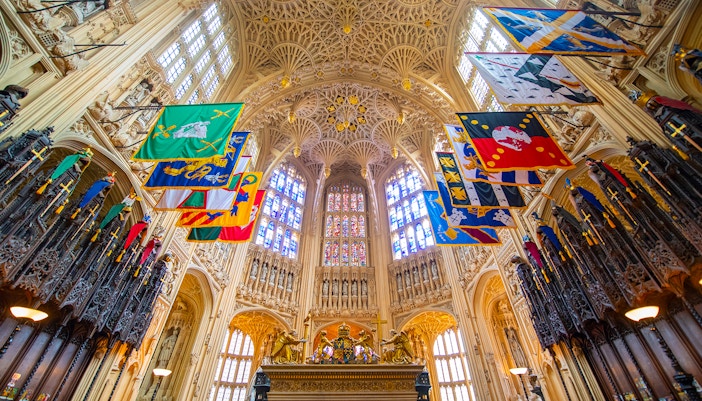Henry III ruled for 56 years, from 1216 to 1272. He built Westminster Abbey in the second half of his reign and was buried in front of the High Altar. In 1290, his son Edward moved his body to its current location with a gilt brass tomb effigy made by William Torell.
























